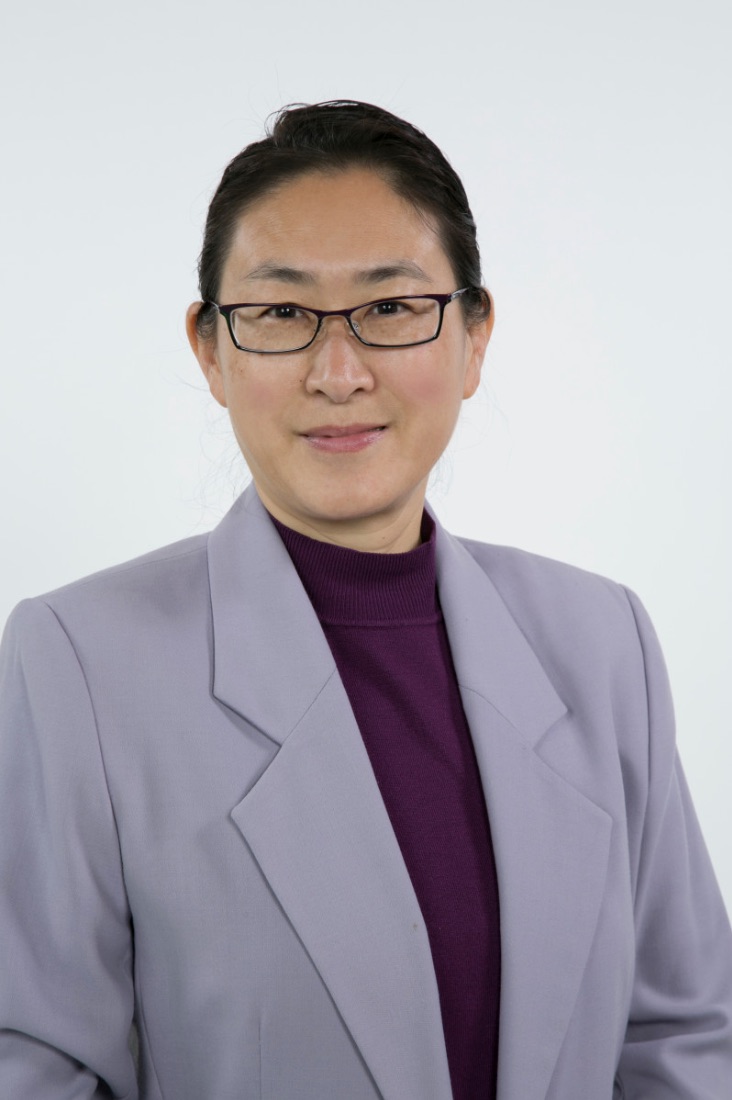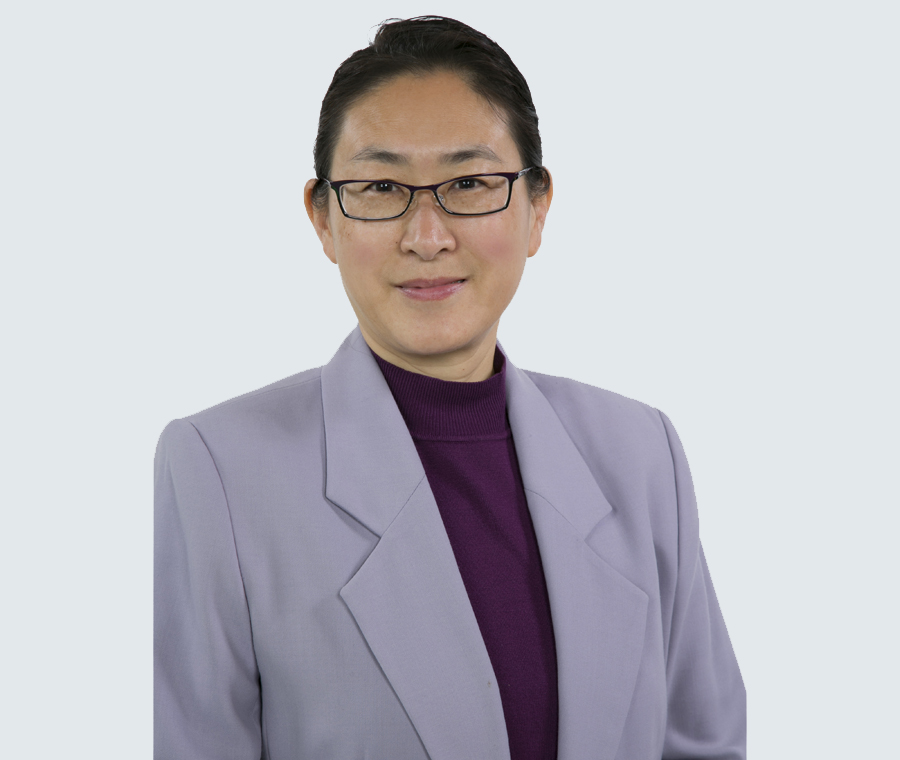Cord Cutting Deterministic 5G and Interactive Telematic Competition Performance

On Saturday, March 16, 2019, a unique multi-site live music concert was performed by musicians across venues in Bristol and London to showcase the potential of ultra-reliable low-latency communication (URLLC) and enhanced mobile broadband (eMBB) of 5G networks. The University of Bristol’s Smart Internet Lab organized the event in a hypothetical scenario that a musical event takes place in Bristol with the "missing music talent" being brought in from London. 5G provides a platform to dynamically interconnect remote sites with low latency less than human auditory temporal resolution time. Theoretically speaking, with orchestral enhancements and synchronized services, the quality of experience (QoE) of a concert performed by musicians across multiple sites can be as good as if the musicians were performing on the same stage.
Interactive content (real time or prerecorded), such as competition performance, is traditionally constrained by the size of studios and stages. 5G technology has been used to increase the scale of event coverage across multiple sites (Ling Ling Sun, 5G and Ultra High Quality Content Creation and Distribution, Broadcasting + Cable, Aug 6, 2019). In fact, using telecommunication technology to increase coverage of live performance across many sites can be traced back to June 21, 1982, an event produced by New Wilderness Foundation and WNYC FM. However, when performances across multiple sites are interactive, the complexity is increased beyond the scale of coverage. Low latency and synchronization of time has to be ensured because of the time sensitive content and the diversity of signals and devices.
5G provides a promising platform for such interactive performance production across remote sites. 5G is, by design, capable of wireless deterministic and time sensitive communications to support real-time interactive systems. Media production network is deterministic, and hundreds of devices have to be synchronized in real time through monitoring and control. Deterministic media production network calls for low latency, ultra reliability, and accurate common time reference across all sites and links of the network. There are two different types of latency in a production flow: probabilistic latency in which rare latency violations have negligible impact of the perceived video audio quality, and deterministic latency in which all frames of traffic flow must not exceed a prescribed latency to ensure proper functioning of media production system. They can be managed differently using 5G slicing. End-to-end deterministic latency is vital for both media production and distribution. For example, virtual reality (VR) QoE demands very low latency and very high reliability. Human perception requires accurate and smooth movements in vision with low motion-to-photon (MTP) latency (less than 20 ms for 4K quality). Because display (decode and refresh) and computing also contribute to the latency, the latency of network transport is required to be less than 5 ms.
To reduce latency, 5G uses scalable numerology and grant-free (GF) transmission to meet the URLLC requirements, which is 99.999% target reliability for a 32-byte packet with 1 millisecond (two-way) user-plane latency and 1 microsecond jitter. In 5G, OFDM subcarrier spacing is no longer fixed to 15 kHz. Instead, multiple 15 kHz subcarrier spacing can be used, such as 15, 30, 60, and 120 kHz. The increase of the subcarrier spacing results in a decrease of slot duration, thus a quicker delivery of low-latency payloads. GF transmits data in an arrive-and-go manner without sending scheduling request and waiting for grant from the network, therefore latency is further reduced.
To increase reliability, re-transmission diversity is utilized, such as hybrid automatic repeat request (HARQ). When a user equipment (UE) has finalized its initial uplink data transmissions, its signal is processed at a base station (BS), which will transmit a positive or negative acknowledgment. Depending on the feedback, the UE may transmit a new payload or re-transmit the same payload again. The time duration from the beginning of a transmission until the processing of its feedback is called the HARQ Round-Trip Time (RTT). Although re-transmission increases reliability, it multiplies RTT as well. Non-orthogonal multiple access hybrid automatic repeat request (NOMA-HARQ) may be deployed to address the problem. Similar to LDM in ATSC 3.0, NOMA-HARQ allows newly incoming packets to share the same resource with re-transmitted packets. The transmission power may be optimized based on past transmission attempts as well as the time remaining for meeting the latency requirement.
Although URLLC already supports some deterministic requirements in the media production, more time sensitive features are needed. Over the air time synchronization is currently under study in 3GPP Rel-16, to be released June 2020. Time synchronization, based on an established common time reference and shared by all devices of media production network, is essential for interactive telematic competition performances across sites. Setting accurate time reference at device level requires over the air exchange of timestamps between BS and devices. Time sensitive URLLC is urgent necessity to make sure that accurate synchronization for signals and devices are guaranteed, not only at the centralized studio, but also across remote sites.
Time sensitive URLLC is necessary but not sufficient to reduce the overall latency across network, because the reduced latency is only for over the air between UE and BS. The most effective way to reduce system latency is to move services toward the edge closer to end users, an important VSON concept, subsidiarity (Ling Ling Sun, VSON Manages Network Complexity, TV Technology, June 17, 2019). Traditionally outside broadcast (OB) production provides the needed functions close to the event, but the cost is very high because resources are idle during traveling time. Alternatively, multi-access edge computing (MEC) technology can be utilized to improve latency and provide necessary services. In this setup, operators need to know where to deploy MECs and the number of base stations to meet the traffic requirements, leaving costly production equipment and staff at home in the centralized studio. When coupled with AI assisted robotic remote cameras, the costs of remote live production can be further reduced. More efficient use of resources (talents and equipment) leads to more production of content.
By distributing services to MECs, and connecting them with a future deterministic networking (DetNet) across sites, a cord cutting, vendor agnostic, and on-demand media production network is possible, with ensured QoE. Currently, IETF DetNet WG and IEEE 802.1 TSN TG are working together to define a common architecture for both layer 2 and layer 3 to guarantee lossless real-time delivery of audio and video streams without requiring separate networks for media flows.
On the other hand, the distributed nature of the interactive telematic competition performance across multiple sites requires a “brain” to manage it intelligently and coordinately. Indeed, a system approach, such as VSON, is vital to make sure that all parts of the system work cooperatively as a whole, from both organization and networking point of view. It should be mentioned that intelligence in VSON has three basic functions: knowledge, learning, and evaluation. Through learning, latency can be further reduced, and QoE can be further enhanced.
A change in technology has always brought about a revolution in the media industry, from printing to radio, from TV to Internet. 5G has the potential to change how we produce and distribute content. Broadcasters need to learn this emerging environment, adapt to it, and co-evolve with it, through the industrial revolution. Media production and distribution are more efficient and cost saving when they are standardized and automated around common network infrastructures.
Facing increasing competition from streaming and OTT services, and constrained by budgets, broadcasters should look for cost effective ways to bring content diversity to their audiences. Content creation based on sharing economy principle can reduce production cost. With the prevalence of mobile technologies, cameras are anywhere, screens are anywhere, access points are anywhere, “missing talents” can be brought in from anywhere. In fact, citizens are the “missing talents”. Cord cutting deterministic 5G technology is a practical and deliverable solution for this new media in which content consumers can also be content contributors.
Ling Ling Sun is assistant general manager technology/CTO Nebraska Educational Telecommunications.
Broadcasting & Cable Newsletter
The smarter way to stay on top of broadcasting and cable industry. Sign up below
Ling Ling Sun is chief technology officer at Nebraska Public Media.

